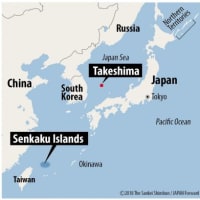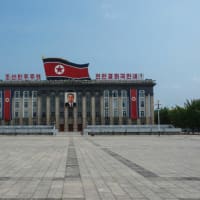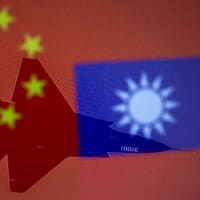
China’s Economic Vulnerabilities: A side-by-side look at the domestic and external picture of China’s economy reveals opportunities for the United States to exert its influence.
I would like tentatively to share the insights of Derek Scissors, a senior fellow at the American Enterprise Institute, chief economist at the China Beige Book, a member of the congressionally mandated U.S.-China Economic and Security Review Commission.
An economy the size of China’s has unavoidable vulnerabilities; and, perhaps surprising to some, bad policy choices over the past fifteen to twenty years have created new vulnerabilities.
While China’s reliance on various imports of goods draws justifiable attention, its capital dependence, less well known, may be more dangerous to its prosperity.
It may also be surprising that the United States, together with partners or even in some cases alone, has ways to exert pressure if spurred to do so by Chinese support of Russia’s invasion of Ukraine or equivalent events.
“Vulnerability” is not the same as “weakness:”
The People’s Republic of China (PRC) has important economic weaknesses only indirectly related to its vulnerabilities.
A shrinking and aging population, for example, reduces the PRC’s competitiveness but is not a true vulnerability.
It may become a major social problem; but such problems, like the low income of rural citizens, are different from economic vulnerabilities.



















